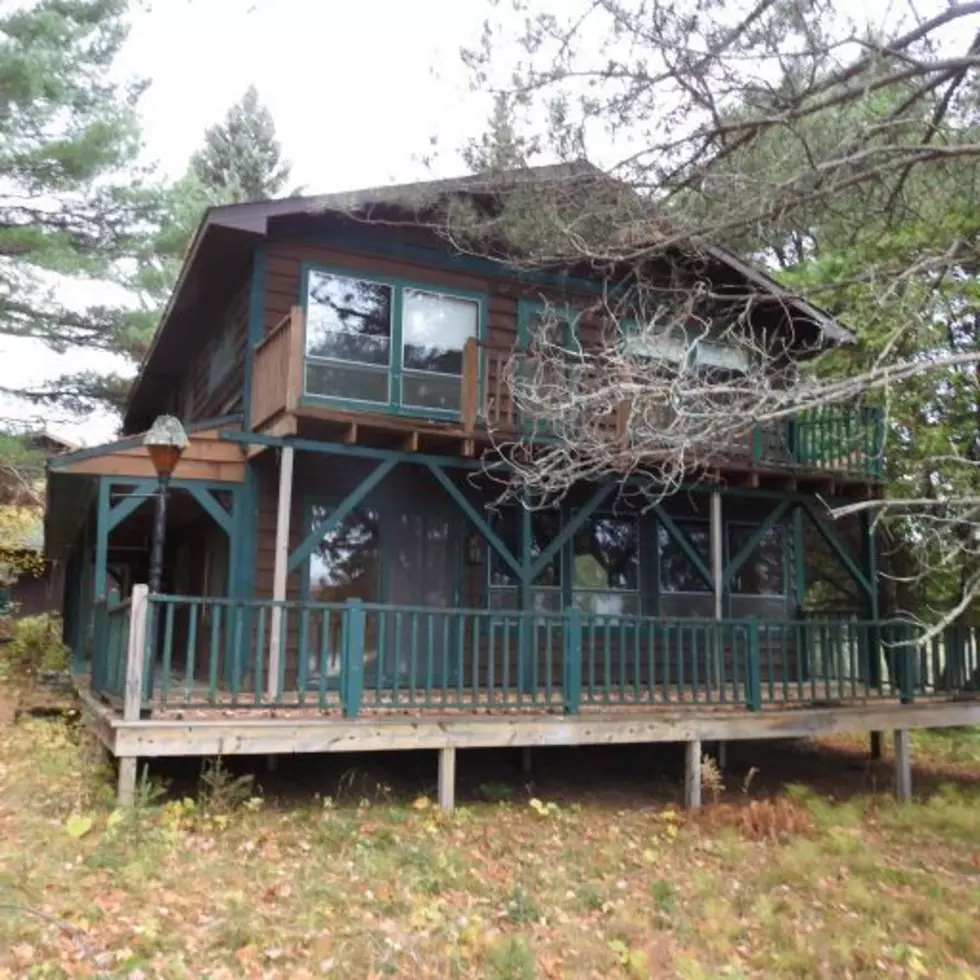
Arctic Cold Fronts Aren’t as Cold – And Don’t Last as Long as 50 Years Ago
Breaking News: Canada won't run out of cold fronts anytime soon. Subzero weather is a given, a part of the Northland's rugged appeal, but you can make a strong case that it's not getting AS cold for AS long as it did as recently as 50 years ago.
We had some pioneer winters in the 70s and 80s, but data from NOAA and Climate Central confirm that the coldest temperatures of winter in Duluth-Superior have warmed nearly 10F in the last 50 years. In 1970 the average coldest winter air temperature (not wind chill) was -32F. In 2020 it was closer to -22F. Still plenty cold, but not as severe.
Our coldest days usually come between January 16-20, but of course that varies from winter to winter. The graphic above shows that during the "dead of winter", roughly the third week of January when temperatures bottom out in the Northland, temperatures have warmed 4.6F.
Ring the churchbells: Duluth experiences an average of 16 fewer nights colder than 32F every year than it did 53 years ago. It's still freezing, just not as freezing as it was for our parents and grandparents. Winter warming is fastest in the coldest parts of the USA, the northern tier states, including northern Minnesota and Wisconsin.
According to Climate Central: "The most rapid warming in the U.S. has generally occurred when and where it’s usually the coldest, including at night, in northern parts of the country—and during winter. Winter was the fastest-warming season for 74% of 246 U.S. locations analyzed by Climate Central. Nationwide, the rate of warming for nighttime lows since 1900 (1.78°F per century) is about 25% faster than the rate of warming for daytime highs (1.42°F per century)." The warming is almost imperceptible, a slow-motion warming trend that is (counterintuitively) most noticeable during the winter season. Bitter? Yes. As bitter as the 70s and 80s? No.
It's official: winter is more than half over, and long-term weather data confirms that average temperatures begin to rise again in late January with accelerating warmth as we get into February. Spring is coming, but it's in no particular hurry this year.
Will the poor beleaguered groundhog, Punxetawney Phil, see his shadow Thursday morning, meaning 6 more weeks of winter? Sorry to burst your bubble but at this latitude, 6 more weeks of winter is a given!



